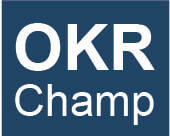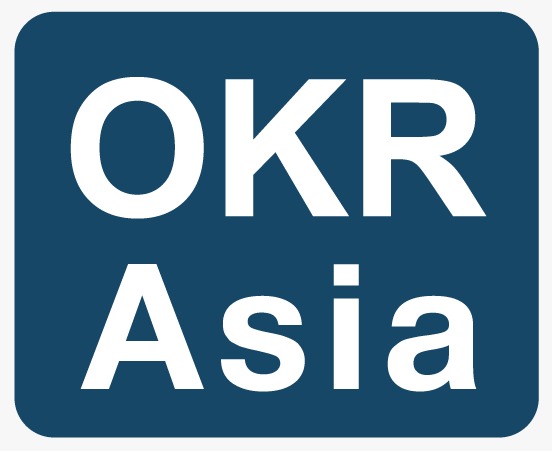Find Out How OKRs Drive Team Performance in a few Easy Steps
Find Out How OKRs Drive Team Performance in a few Easy Steps
As a technical term, performance in OKRs not only refers to the manner in which a task has been accomplished but to the result it leads to. It is not just the achievements that determine the performance of an employee in a team or organisation. Basically, it depends on the effort they put forth, the dedication they and behavior they display towards teams and the organisation, and the ability they have to accomplish the task at hand.
The use of OKRs is a fair and sustainable method for improving an organization’s performance. Aligning the company’s goals with a team or individual goals is achieved by using them. As well as increasing engagement, they lead to quantifiable results. By regularly communicating with teams and employees and recording their results, you will ensure that you focus on improving the performance of your teams and employees.
Through OKRs, companies maintain high-performing work cultures. To keep teams motivated, productive, and engaged, the basic idea is to create a system in which engagement and result-focus is recognized and rewarded.
Here are a few simple steps you can use to foster performance with OKRs.
Setting ambitious goals for the organization
The purpose of OKRs is to set ambitious yet practical goals. It focuses on setting goals that are capable of bringing the teams and employees out of their comfort zone and making them work towards achieving the target that would otherwise appear difficult or sometimes impossible to them. It motivates the teams to challenge themselves and give their best performance. The goals set using OKRs are challenging but at the same time should not be demotivating (max. 30 – 40% stretch).
Motivating objective and measurable results
Good OKRs do not just mean setting the right objectives and key results, it is also about challenging and tracking teams to progress and achieve these goals. This in turn helps teams to focus more and take that extra step needed to achieve their goals.
Moreover, discussing the desired outcomes with the teams and facilitating them set to their own and aligned OKRs helps them to stay aligned with the organization’s goals. This is useful in avoiding overlapping of work and fosters accountability.
Team growth
OKRs are set for teams to enable the long-term success of the organization, along with the career growth of the employees. OKRs do not only rely on financial goals to estimate success but also on other factors such as performance, principles, communication, and teamwork.
Adaptable and flexible
OKRs are result-oriented and data-driven and hence, are quite flexible and adaptable in their implementation. This makes OKRs especially useful for startups where the business goals change frequently. As new OKRs are set every quarter this helps startups to easily adapt and modify their business goals in this fast-changing business environment.
Aligning team goals to company goals
Using OKRs ensures the involvement of teams at every step of the process and works toward establishing cordial relations between the teams and leadership.
Using OKRs enhances transparency and weekly reviews foster communication. This further helps in improving alignment within the team as objectives are set in weekly team meetings.
Assess the feasibility of business plans
Considering the expectations behind a business plan is important when validating its viability. To measure results and track them diligently, OKRs set, use and track, time-bound metrics.
Consequently, they are helpful in validating a business plan and reaffirming its viability by measuring the results and progress regularly to ensure better performance.
Tracking team results In order to measure progress and success, OKRs should act as benchmarks. When a team achieves two out of four key results for an objective, it knows it is halfway there. The progress can therefore be tracked by regularly reviewing OKRs. As a result, lagging areas can be identified and targeted so they can be brought back on track
In order to make OKRs transparent and accountable, they should be visible to everybody. Teams will be able to choose the right actions if they are clear about the goal. A key part of a team’s success is ensuring they are working on the right targets at the right time.
Keeping things in perspective
The objectives in OKRs are the goals an organization aspires to achieve, and the key results are the measurable milestones or deliverables. It ensures that an organization focus on what is really important Teams are involved in the process of setting OKRs, Taking the team’s input and allowing them to set their own aligned goals and key results allow for managers to take input from their employees.
Monitoring and re-alignment
The monitoring of key results throughout the OKR cycle allows the management to become aware of discrepancies as soon as they arise. Through regular and frequent reviews, it is possible to identify and address such issues as soon as possible. The objectives and key results can be re-aligned in the future. At the end of every OKR cycle, the objectives and key results should be evaluated thoroughly. This allows management to understand whether the goals set for the previous cycle were inspiring, ordinary, or demotivating.
By comparing the results of the current cycle to the previous one, management can determine the objectives for the next cycle, which will assist in formulating all future project objectives.










